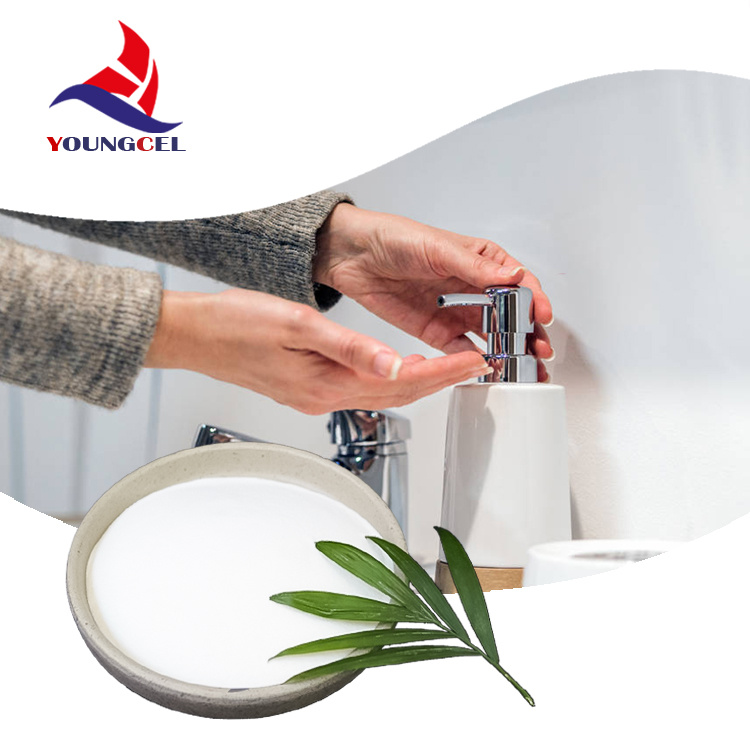Optimizing Tile Adhesion with HPMC A Comprehensive Guide
Hydroxypropyl Methylcellulose (HPMC) is a versatile cellulose ether widely used in the construction and tile adhesive industry. With its remarkable properties, HPMC significantly enhances the performance of tile adhesives, making it an essential ingredient for both professional contractors and DIY enthusiasts. In this article, we’ll explore the benefits of using HPMC in tile adhesives, its impact on adhesion quality, and best practices for application.
Understanding HPMC
HPMC is a non-ionic, water-soluble polymer derived from natural cellulose. Its chemical modification enhances its properties, making it an ideal additive in various construction products, especially tile adhesives. HPMC boasts excellent water retention, improved workability, and enhanced adhesion, which are crucial for achieving durable and long-lasting tile installations.
Enhanced Adhesion
One of the primary benefits of incorporating HPMC in tile adhesives is its ability to improve adhesion. HPMC modifies the rheological properties of the adhesive, ensuring that it remains workable for longer periods. This extended open time allows for better positioning and adjustment of tiles, a crucial factor in achieving precise alignments.
Moreover, HPMC contributes to the mechanical properties of the adhesive once it cures. The film-forming abilities of HPMC create a strong interface between the tile and the substrate, enhancing the shear strength and overall bond of the installation. This is particularly important when working with materials that have different thermal expansion coefficients, as HPMC can help accommodate movement without compromising the bond.
Water Retention and Workability
hpmc for tile adhes

One of HPMC's standout features is its exceptional water retention properties. This attribute is vital in preventing the premature drying of the adhesive during installation. By retaining moisture, HPMC allows for optimal curing and bonding, ensuring that the tiles adhere properly during the crucial initial stages.
Additionally, HPMC improves the workability of tile adhesives, making them easier to spread and manipulate. This enhanced usability is particularly beneficial in large-scale projects, where efficiency and accuracy are paramount. Contractors can achieve a smooth, even layer of adhesive, which not only simplifies the installation process but also contributes to the durability of the tiled surface.
Best Practices for Use
To maximize the benefits of HPMC in tile adhesives, it is essential to follow best practices. First, choose the right type of HPMC based on the specific requirements of your project. Different grades of HPMC may vary in viscosity and water retention properties, so selecting the appropriate product is crucial.
Next, ensure that the surface to be tiled is clean, dry, and free of contaminants. Proper surface preparation will enhance the adhesion of the HPMC-modified adhesive. Additionally, follow the manufacturer’s recommendations for mixing and applying the adhesive, paying close attention to the recommended water-to-powder ratio.
Conclusion
Incorporating HPMC into tile adhesives revolutionizes the installation process, providing enhanced adhesion, workability, and water retention. By understanding the benefits of HPMC and employing best practices during application, professionals and DIYers alike can achieve higher-quality tile installations that stand the test of time. Whether renovating a kitchen backsplash or laying down floor tiles, HPMC-based adhesives offer a reliable solution for optimal performance and durability.




